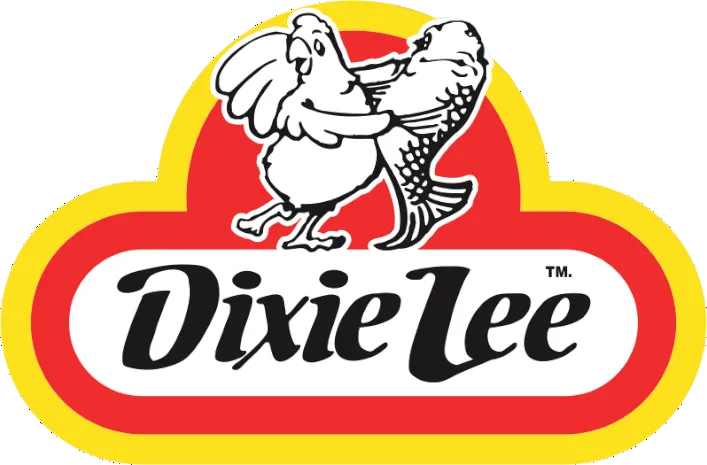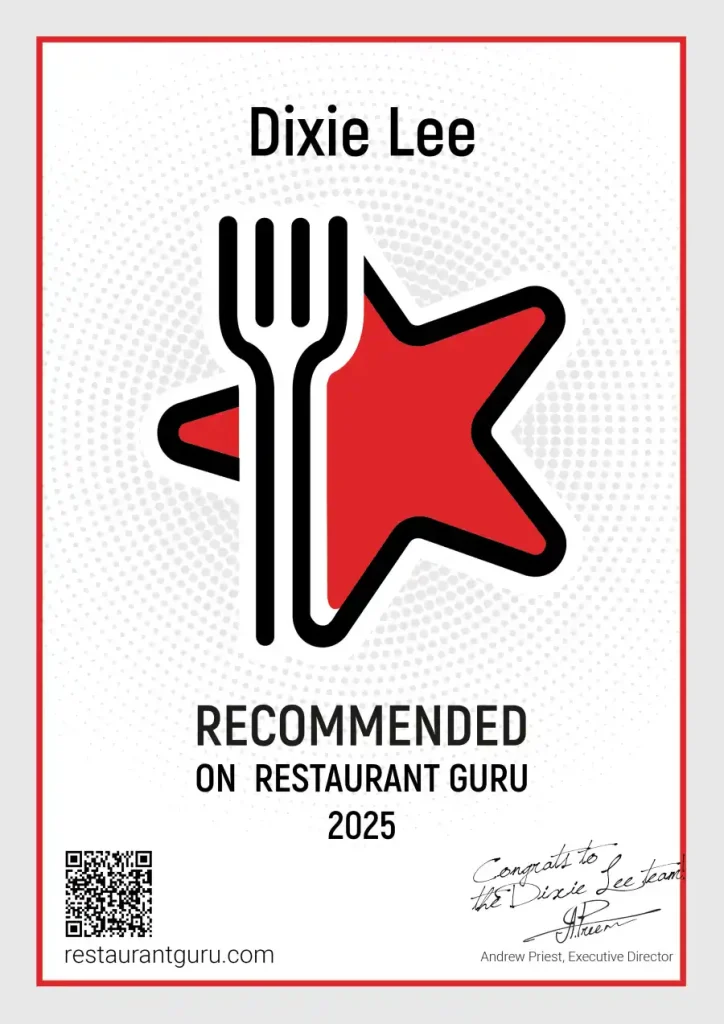Ogdensburg is well-positioned for fast-food franchising. Steady cross-border traffic via the Ogdensburg–Prescott Bridge produces predictable weekend and holiday peaks, while highway visibility and mobile pickup options help convert pass-through travelers.
Breakfast-on-the-go and late-night service are currently underserved, with limited drive-thru variety and few ethnic fast-casual choices. Available sites tend to be affordable, highly visible, and drive-thru friendly, with several pads that are conversion-ready. A reliable local labor pool and straightforward permitting processes shorten the typical ramp-up timeline. Commuters and families in the area prioritize speed and convenience—services that a well-executed fast-food concept can deliver.
If you are considering expansion into Ogdensburg, prioritize a strong breakfast program, extended or late-night hours, and drive-thru optimization with mobile-order integration to capture transient and commuter traffic. Evaluate sites for visibility from the highway and ease of entry/exit to maximize impulse stops. Plan staffing and training around the available labor pool, and engage early with local permitting authorities to avoid delays. With the right concept and operational focus, the market offers clear opportunities for profitable franchising.
Key Takeaways
- Cross-border traffic via the Ogdensburg–Prescott Bridge drives steady, predictable footfall, especially on weekends and holidays.
- Underserved breakfast and limited drive-thru variety create competitive white space across multiple dayparts.
- Strategic, high-visibility sites near commuter routes and retail anchors come with below-average lease rates and favorable drive-thru configurations.
- Stable, hospitality-experienced workforce and streamlined permitting reduce operational friction and speed openings.
- Convenience-focused consumers value speed, late hours, and mobile pickup, enabling strong repeat visits and impulse capture.
Cross-Border Traffic and Regional Visibility
Because Ogdensburg sits just across the St. Lawrence River from Ontario, you benefit from steady cross-border traffic that enhances daily footfall. Travelers use the Ogdensburg–Prescott International Bridge for shopping, services, and airport access, creating predictable peaks on weekends and holidays. You can align hours, staffing, and limited-time offers with these flows to capture impulse dining and repeat stops.
You also gain regional visibility beyond city limits. Highway signage, bridge approaches, and proximity to U.S. Route 37 and Route 68 put your brand in front of commuters, commercial drivers, and tourists heading to the Thousand Islands and Adirondacks. Pair clear wayfinding with mobile order pickup to convert pass-through traffic. Track license plates and time-of-day patterns to refine promotions and optimize drive-thru throughput.
Underserved Demand and Competitive White Space
While national chains cluster in larger North Country hubs, Ogdensburg’s everyday dining needs remain thinly covered—creating room for a well-run fast food concept to stand out. You’ll find long gaps in quick-service options across breakfast, late-night, and family-friendly value meals. That scarcity means higher capture rates per location and lower promotion spend to build awareness.
- Breakfast-on-the-go is underserved.
- Drive-thru variety is limited.
- Ethnic fast-casual choices are rare.
- Consistency and speed win repeat visits.
| Need State | Current Coverage |
| Breakfast commuters | Patchy, few quick options |
| After-school crowd | Inconsistent value choices |
| Late-night workers | Minimal, limited hours |
| Budget families | Sparse bundled meals |
Strategic Real Estate and Favorable Operating Costs
Even as larger markets command higher rents, Ogdensburg offers accessible sites, manageable build-out costs, and room to grow. You can secure corner parcels with strong visibility near commuter routes and retail anchors without bidding wars. Lease rates typically sit below regional averages, so you preserve cash for marketing and equipment. Parking ratios are favorable, and drive‑thru configurations fit comfortably on available lots, reducing redesigns and permitting delays.
You’ll also benefit from conversion opportunities in vacated retail boxes and pad-ready parcels, trimming timelines and construction spend. Utility tie-ins and right-sized infrastructure keep soft costs predictable. Signage rules allow clear branding along key corridors, helping you capture traffic efficiently. Together, these real estate advantages and cost controls improve breakeven timing and support multi-unit planning.
Workforce Stability and Business-Friendly Environment
Despite its small size, Ogdensburg delivers a steady, reliable labor pool that keeps operations consistent and turnover manageable. You’ll find applicants with hospitality experience, cross-training flexibility, and strong attendance habits, which simplifies scheduling and reduces onboarding costs. Local schools and nearby colleges feed part-time and entry-level roles, while long-tenured residents anchor shift leadership.
You also benefit from a business-friendly environment. City officials respond quickly on permits, signage, and inspections, helping you open on schedule. Utility coordination is straightforward, and compliance requirements are clear, so you avoid costly surprises. Workforce programs support food-safety certifications and management development, letting you promote from within. Together, these factors let you stabilize labor, protect margins, and scale responsibly—without constant rehiring or administrative friction draining your time and capital.
Consumer Shift Toward Convenience and Quick-Service Options
Lean into what Ogdensburg diners already do: they grab meals that fit tight schedules and limited errand runs. You’re meeting consumers who value speed, predictability, and easy access. Commuters want reliable drive-thrus, parents prefer streamlined pick-ups, and healthcare and retail workers appreciate late-hour options. You’ll win by reducing friction—short lines, clear menus, and dependable mobile ordering.
They’re not chasing novelty every day; they’re solving time problems. Position your brand where errands cluster, and you’ll capture impulse and repeat visits. Invest in accurate ETAs, order-ahead, and curbside. Keep portions right-sized and prices transparent to maintain trust.
| Occasion | Convenience Driver | QSR Response |
| Work breaks | Speed, proximity | Drive-thru, limited-time bundles |
| After-school | Predictable timing | Order-ahead, curbside |
| Weekend errands | One-stop ease | Co-location, concise menus |
Path to Strong Unit Economics and Faster Profitability
You can reach strong unit economics faster in Ogdensburg thanks to low operating overheads, from affordable leases to efficient labor costs. With a quick ramp-up timeline, you’ll shorten the path from opening to steady cash flow. That combination helps you hit breakeven sooner and reinvest in growth.
Low Operating Overheads
Because Ogdensburg pairs affordable real estate with modest wages and utilities, fast food units can open and run with significantly lower fixed and variable costs. You benefit from predictable rent, manageable payroll, and reasonable energy bills, which stabilizes cash flow and cushions seasonal swings. Lower overhead widens gross margins, so each dollar of sales contributes more to covering obligations and building profit.
You can also allocate more budget to targeted marketing, staff training, and drive-thru technology without straining unit economics. Suppliers often offer competitive distribution fees regionally, keeping food and paper costs in check. Leaner expenses mean you can price competitively while protecting margins. In practice, that combination reduces break-even thresholds, strengthens store-level EBITDA, and supports disciplined reinvestment across additional units in the market.
Quick Ramp-Up Timeline
Lower overhead doesn’t just protect margins—it accelerates your path to breakeven. In Ogdensburg, permitting is straightforward, build-outs move quickly, and contractors are accessible, so you can open doors sooner. You’ll lock in staff faster thanks to a reliable labor pool and manageable training needs, shaving weeks off pre-opening.
Early demand helps. Consistent local traffic, cross-border visitors, and limited direct competition give you immediate trial volume. With right-sized marketing—geo-targeted ads, local partnerships, and opening promotions—you’ll convert trial to repeat visits quickly.
Supply chains are predictable, so you won’t lose time waiting for equipment or key ingredients. As sales stabilize, you can dial in labor scheduling and food costs faster, improving prime costs. The result: a shorter ramp, stronger unit economics, and earlier profitability.
Conclusion
Ogdensburg presents a timely opportunity for fast food franchising. Cross-border traffic provides steady footfall and heightened regional visibility, supporting consistent customer flow. Local demand is relatively underserved and competition is limited, creating market space a new operator can capture. Strategic real estate options and comparatively lower operating costs contribute to leaner overhead, while a stable local workforce helps maintain reliable staffing.
The local regulatory and economic environment tends to be business-friendly, which can speed permitting and shorten the ramp-up period. As consumer preferences continue shifting toward convenience, a quick-service format aligns well with local needs. Taken together, these factors can lead to strong unit economics, a quicker path to breakeven, and faster profitability.
If you are considering entry, focus your evaluation on site selection near cross-border routes and high-visibility corridors, model your costs conservatively to reflect local wages and utilities, and prioritize operational simplicity to accelerate opening and stabilize margins. Conduct local market research to confirm unmet demand, and engage early with permitting authorities to minimize delays. With these steps, Ogdensburg becomes an excellent market to introduce a trusted brand like Dixie Lee Fried Chicken.


